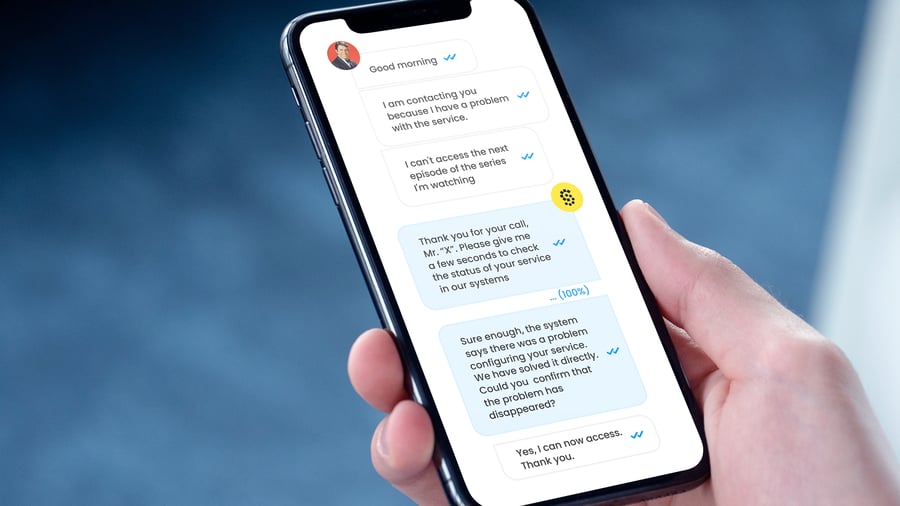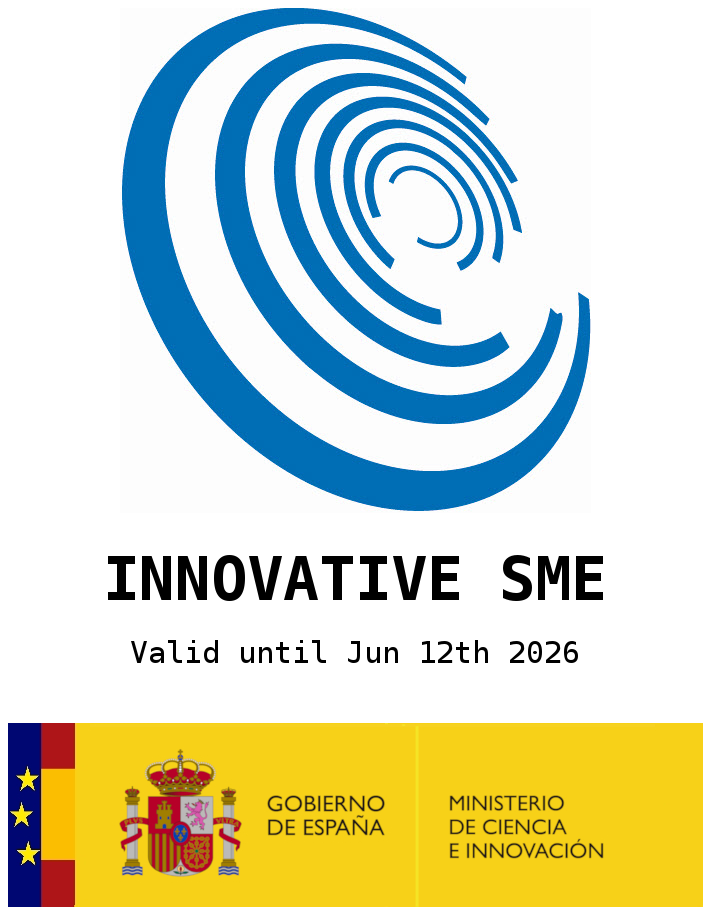Listening to the customers is good: having to listen to them to solve a problem, not so much...
As users of services in many sectors, we are used to dealing with very uncomfortable situations:
- … to give information that is not connected to the problem we have, just because the process of the service provider requires it…
- … to answer questions that should be obvious to the agent, because (I know) the information is in their systems or on my bill…
- … to repeat several times the problem that we suffer as a customer until finally finding someone who solves it.
There are many more situations that make users uncomfortable and create a bad image for service providers.
When a user contacts Customer Service, he tries to describe the problem through the symptoms, but he does not have the technical skills to know the root cause of his problem. That a customer does not understand it, is normal. The problem arises when the customer service provider does not understand the root cause, generating a huge efficiency problem.
From the point of view of efficiency, the customer expects you to know what's wrong from the beginning, and not have them repeat it multiple times to multiple people on successive escalations but fix it immediately.
And also for that same reason, the service provider wants to invest the least number of resources in the shortest time possible, to efficiently solve customer problems. Because this leads to better satisfaction and less customer effort/time.
Therefore, the client and the service provider both agree that efficiency is a necessary point for good service and that it eliminates unnecessary effort on both sides.
But…How to achieve efficiency when solving customer service problems?
In my opinion, three steps are necessary:
- Know in advance the root cause that generates the problem to prepare ourselves before the client contacts us.
Because only from that knowledge can it really be solved. If you don't know it, then you mitigate or palliate the problem and trust luck, but you don't solve the real problem. - When the customer contacts, access to objective information must be orchestrated to detect that a known root cause is the real origin of the problem.
Automating the detection of this root cause avoids repeating questions to the customer, contributing decisively to efficiency and satisfaction.
There is usually enough information in the service provider's systems to predict the most likely root cause (without the need for lengthy customer interrogations). All that is needed is the intelligence of automatic orchestration, and this is possible to achieve. So, get as much information from objective sources (IT, BSS, OSS) and just when not available, ask the customer. - Once the root cause is confirmed, performing an automated resolution reduces average holding time and minimizes agent errors. From here everything is simpler.
Because when the service provider knows the cause of a problem, they know the best solution. Furthermore, this solution can possibly be automated (once again) by accessing the service provider's OSS/BSS systems.
So… How will a customer perceive an efficient service thanks to root cause detection?
Imagine a (quite real) example:

- Client: Good morning. I am contacting you because I have a problem with the service. I can't access the next episode of the series I'm watching.
- Customer support: Thank you for your call, Mr. “X”. Please give me a few seconds to check the status of your service in our systems.
- … (5 seconds)
- Customer support: Sure enough, the system says there was a problem configuring your service. We have solved it directly. Could you confirm that the problem has disappeared?
- Client: Yes, I can now access it. Thank you.
Note that the same customer problem (or symptom) could have very different origins or root causes.
- Not being up to date with the payment of the service
- A general drop in the video provider service
- A problem of network congestion
- Issues with the configuration of the client's router
- A potential drop in the client's Wi-Fi network
If to discover the root cause, we must review or ask the customer about each aspect, the diagnosis process will take time and generates dissatisfaction.
But once detected, the root cause of the example has a resolution as simple as reloading the configuration of the client's router, an action that can be 100% automated.
Minimizing the effort of the supplier and the client, we have the combination for a perfect service. And this service will start with a priori knowledge of the root cause, go through its orchestrated detection when the customer calls, access objective information in the systems in real time, and end up with an automated resolution, eliminating the customer's problem. Automation, sure, but always from the knowledge of the root cause.
And after resolving the incident, of course, we will listen to the customer.
Related posts
Why is AI a great copilot for customer service agents?
In today's business environment, saturated with technology and innovation, artificial intelligence has emerged as a key player, [...]Workflows are obsolete: Plan for scalability, not for complexity
It is a fact that process automation tools are widely established in companies' customer service operations. There is a multitude of [...]Stay tuned to receive new content
Schaman Customer Experience Spain, S.L. © 2025







